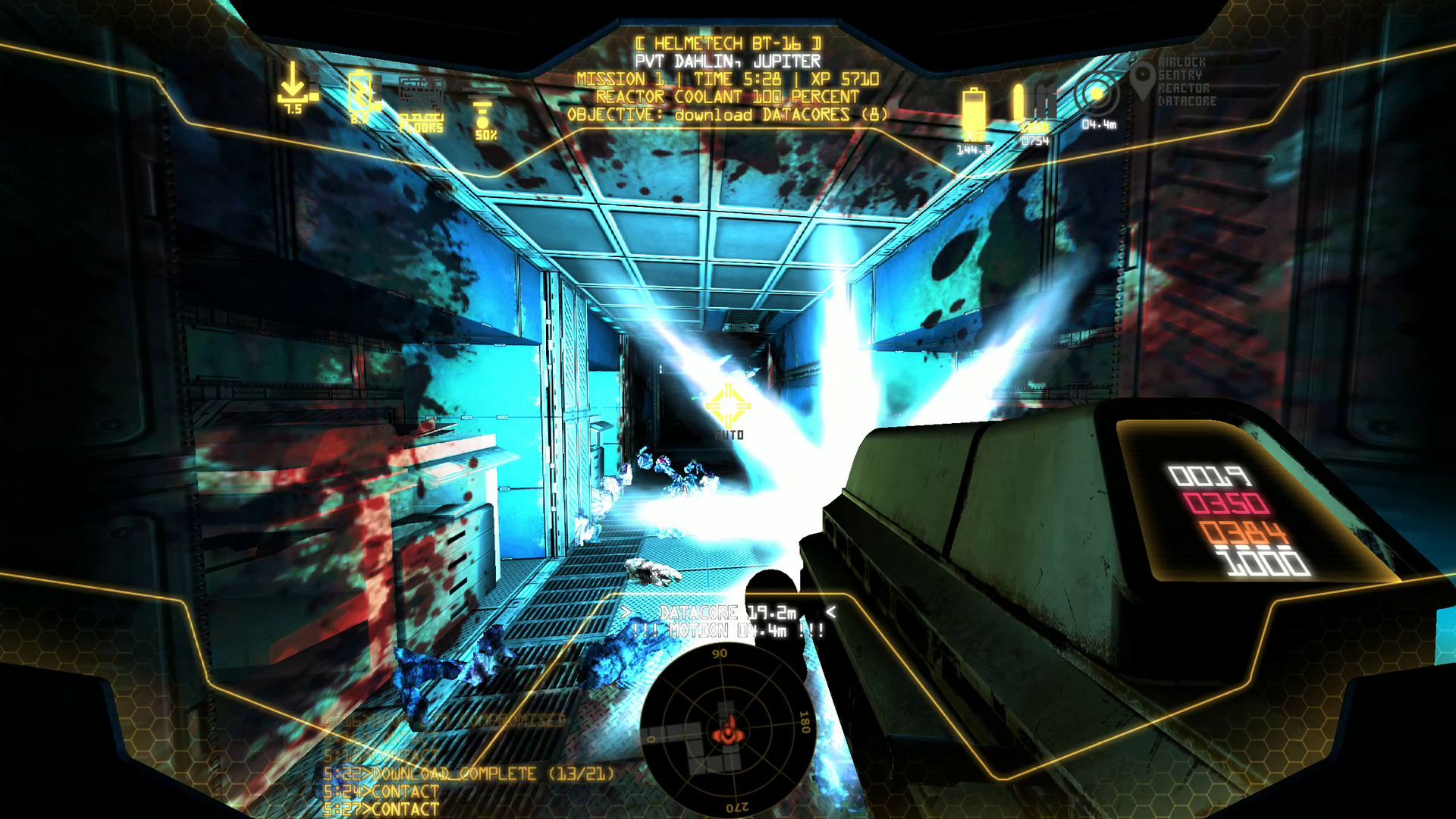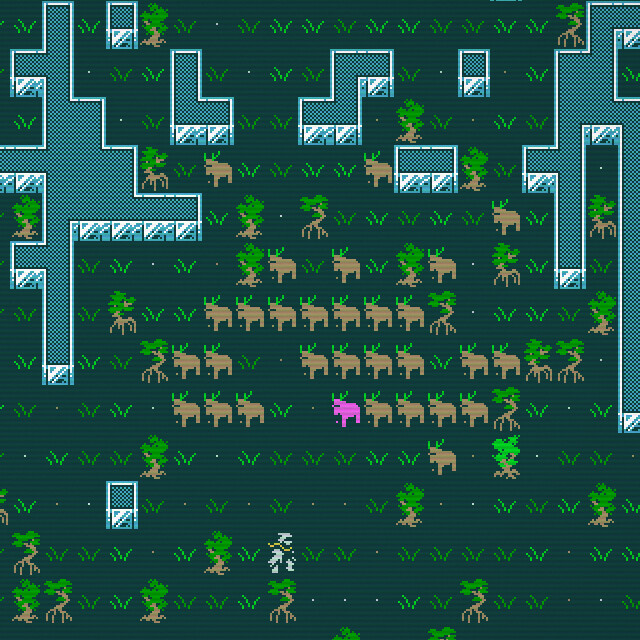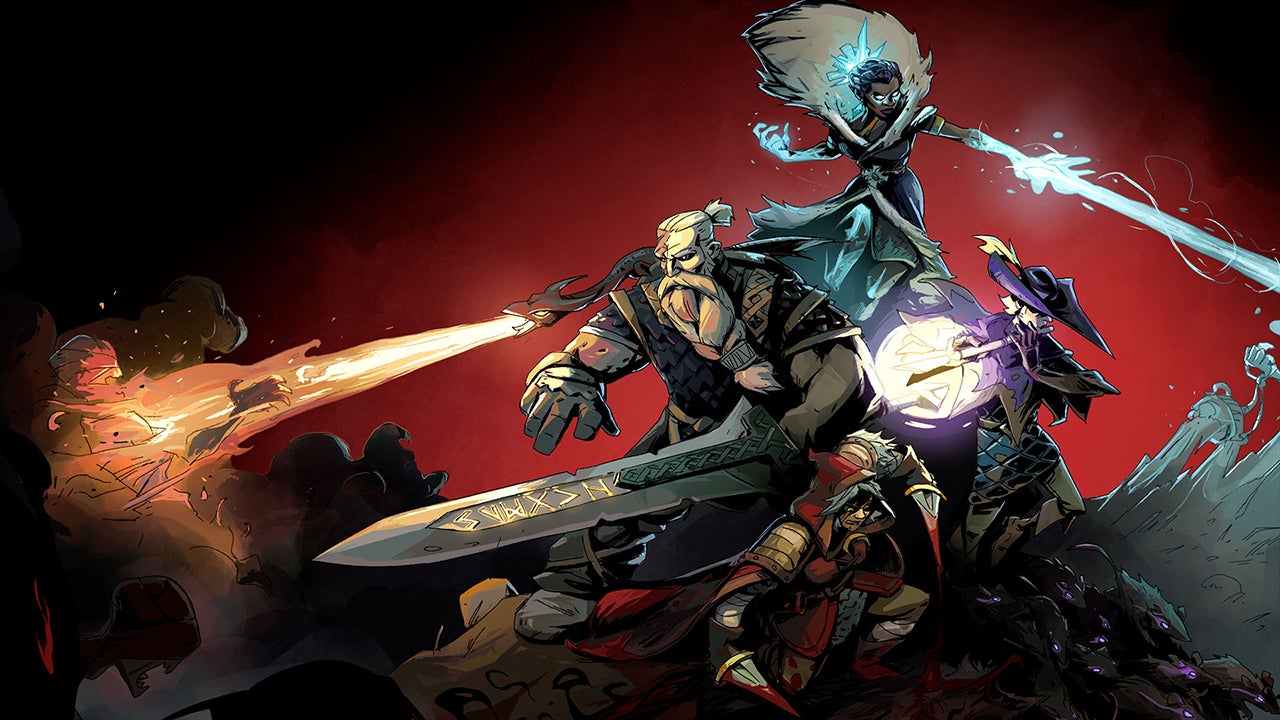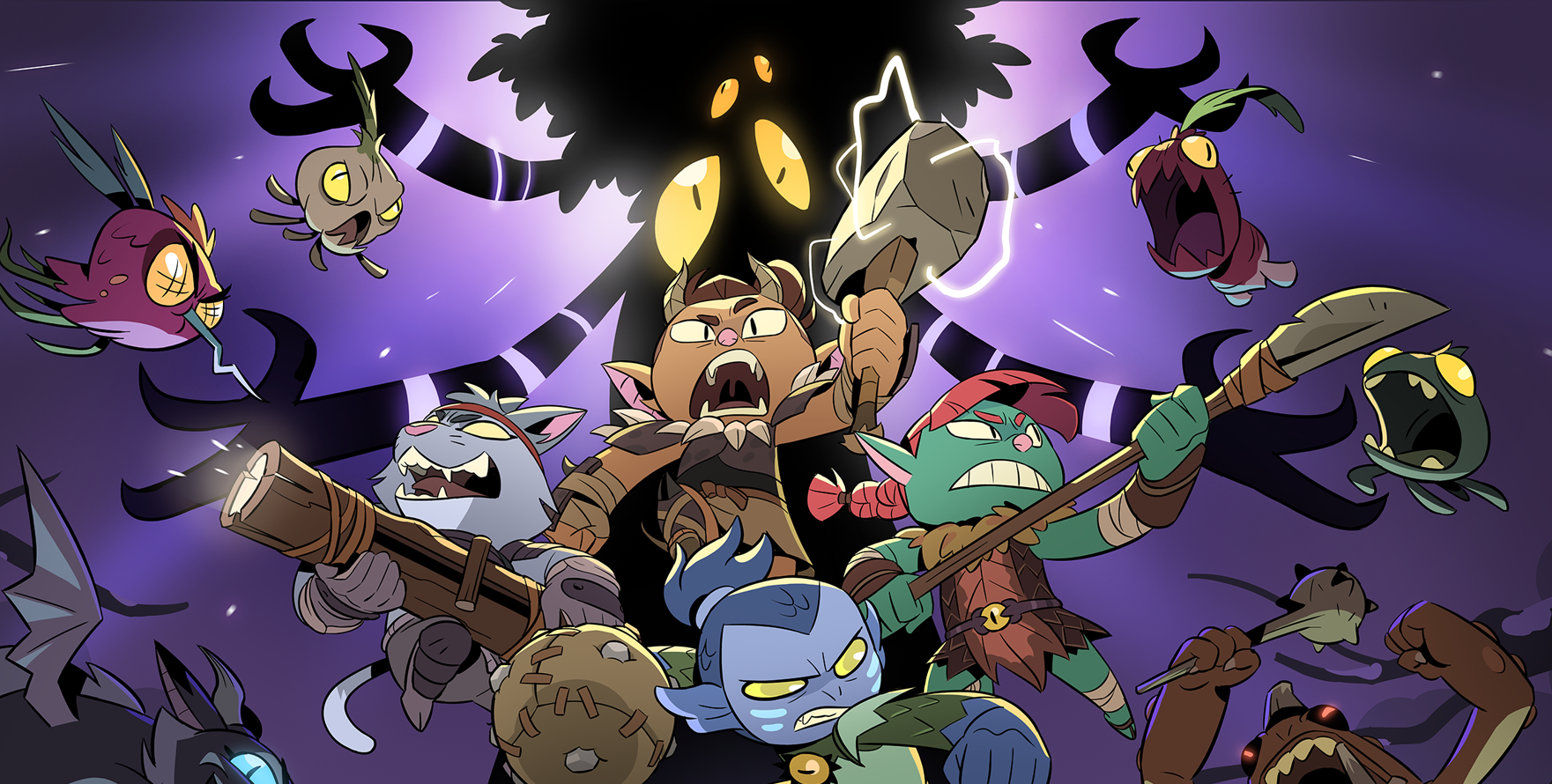I wasn’t prepared for just how much I’d laugh when playing Inkulinati, the medieval strategy game about the strange scrawlings that adorn manuscripts of old. Yaza Games has crafted one of the most unique strategy games that I’ve encountered, and its sense of humour and playful reverence to history makes for a truly unforgettable experience.
As fun as Inkulinati is (and it really is), I also feel like this is a game with fairly niche appeal once you strip away the novelty of the farting donkeys. It’s also complicated and oftentimes infuriating, meaning that my recommendation, as hearty as it may be, is also going to have one or two caveats. With that cautionary note etched on parchment, let’s get to it, Dear Reader.

What is Inkulinati when it’s at home?
Developed by Yaza Games and published by German strategy specialists Daedalic Entertainment, Inkulinati is a game about marginalia. For the blissfully unaware among us, we’re talking about the amazing doodles and drawings that were made by scribes in the margins of medieval documents.
These drawings are wonderfully absurd, and that absurdity is one of the things that makes Inkulinati fun. If anything, Yaza had to tone things down a bit because at no point during my time with the game did I see anyone picking the, ahem, fruit from a dick tree (and yes, that’s a real picture). Not to cast aspersions on the long dead, but I’m guessing that at some point, hallucinogens were consumed.
It is these drawings that have inspired and informed the design of Inkulinati, and Yaza has done a tremendous job of capturing the spirit of their source material and turning it into something unique. I think there are very few developers that would be brave enough to tackle a challenge like this, yet the studio has clearly enjoyed its work.

Inkulinati invites players to look back into the history books, and on those pages play out turn-based battles between fantastical armies stacked with beasts and strange creatures. With lore inspired by the era, every aspect of the game’s design harks back to the origins of the concept – it’s a silly, irreverent game filled with absurdity and wit.
Turn-based strategy with a multi-layered twist
We’ve all played our fair share of turn-based strategy games, but to be fair to Inkulinati, I’ve never played one that worked quite like this. The game’s uniqueness is also the source of its chief failing, in my opinion, and that’s the onboarding process.
It took me hours to feel comfortable enough to explain the mechanics to someone else. In fact, pretty much everyone I’ve spoken to about the game has actually tried it, and found it didn’t stick. Why? I think it’s because there is a two-hour tutorial, and then much of what is learned is then repeated in the early campaign.
However, those who push through the overly verbose introductory stages will be rewarded most handsomely.
Inkulinati looks like a light and playful strategy game, which I think makes it appealing to a lot of people who wouldn’t normally try something like this, but perhaps the reality of its challenge also leads to the anecdotal drop-off I mentioned. There is actually a lot more going on than the flame-farting farm animals would have you believe.

As well as the learning curve, I think the biggest shift from tradition is the multi-layered structure of the levels. Inkulinati takes place across a 2D plane. There are ladders dotted about the place, and ledges that you can push an enemy off – to their certain death I may add. It’s a setup that takes a bit of getting used to, especially when it comes to the push and pull mechanics.
The level structure creates unique opportunities to do away with pesky enemies, and unit positioning is just as important here as it is in something like XCOM, maybe even moreso. Not only are there ladders to access different levels, but there are doors, explosive traps, cover to hide behind, and spawn points that need to be destroyed. You’ve got to balance your melee units with a bit of ranged firepower, keeping both archers and spearmen on hand to shoot and stab units above and below.
A horse, a horse, my inkdot for a horse!
Unit placement is key to your success on the battlefield. To that end, Yaza Games has crafted a broad range of tactical options for you to explore, but I don’t want to spoil too much for you here, as discovering the different units and their various strengths was a constant source of mirth for me.
All you need to know at this stage is that there is genuine depth to the game in this regard. From sword-wielding bunnies to the fish archers that were added in the latest content update, there is a tool for every job. As you play the campaign you add new units to your roster, although you can only take a band of five into any given battle.
The Duel mode is more open, and lets you pick your units and your opponent. Ultimately, you are still limited in battle by the options you choose beforehand.
Your cadre of deadly animal warriors is aided by your so-called Tiny. This is your main unit and losing them is an instant KO. While they’re a key vulnerability, these characterful units have their own special powers that separate them from rank and file minions. For example, one of their core abilities is being able to swipe nearby units – friend or foe – to the next open space (and often over the edge of a ledge).

This is important because of the inkdots that are scattered about each level. They vary in strength but all work the same; standing on one gives your Tiny between 1-3 ink to spend on adding new units to the battlefield. Have enough of your units parked on these valuable spots on the map, and you can get health bonuses as well as save up to put more valuable – thus more powerful – units on the board.
Roguish stories and choosing your own adventure
I’ve mentioned the Duel mode already, which lets you battle an AI opponent of your choice, or even a friend if you’ve got one to hand and you don’t mind explaining a load of game mechanics to them. The main event, however, is the single player Journey mode, which can be played on a variety of difficulty settings.
As a roguelike connoisseur yourself, you’re probably already aware of the structure that has been deployed here. For each chapter of your adventure, you’ve got a number of battles and events that are linked together on a map, and you must work your way through, from left to right, and fight the named character at the end.

Inkulinati isn’t just about the turn-based strategy; there are narrative aspects to navigate, too. These are not the star of the show, however, and the game’s most memorable moments tend to be emergent, and happen during combat.
And memorable moments are just waiting to be had, if you make it through the early game speed bumps. The pacing might be off to start with, but I advise you to push through and give Inkulinati a chance to sink its fangs in. It’s a mischievous game with a wicked sense of humour, and while I don’t consider it an all-time great in the strategy genre, I think Yaza has crafted a truly original game that deserves to move out of the margins of history and onto the front page of… well… Rogueliker I guess!
Inkulinati releases on February 22nd on PC, PlayStation, Switch, and Xbox. I played the game on PC (and a little bit on Xbox back when it first came out).



